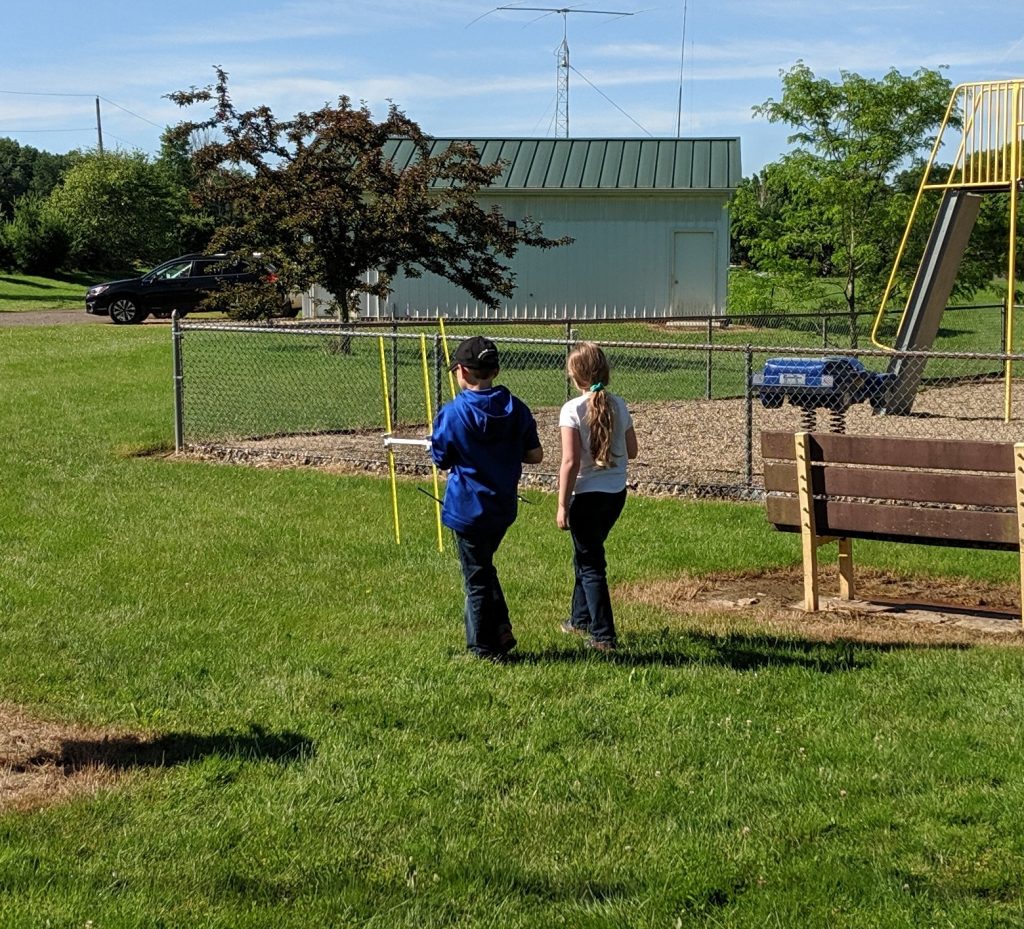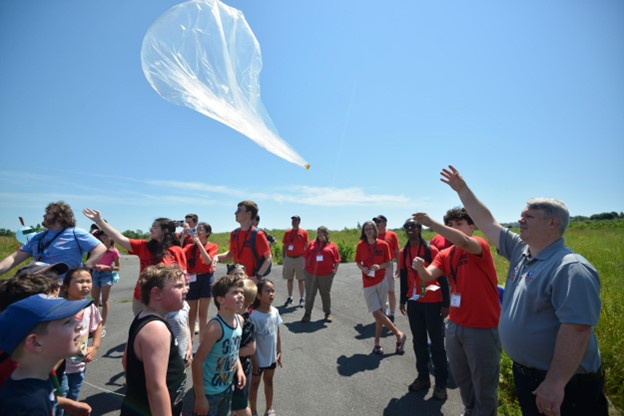Being someone many of my peers would consider to be “a nerd,” I don’t have an extravagantly large friend group at my small high school. A few months ago during the ARRL School Club Roundup event, I was on the air with my physics class. When some of my friends from the Youth On The Air (YOTA) and Young Amateur Communications Ham Team (YACHT) communities responded to our CQs asking them to “Say hi to Katie,” looks of surprise graced their faces as they realized that I do, in fact, have friends.
Since becoming involved with amateur radio, my friend group has segued from being small and composed of peers from my small Midwest town to being much more diverse, including amateur radio operators from all walks of life from all over the world.
Amateur radio provides young people with the opportunity to meet others with similar interests from a variety of backgrounds. In addition to being a great way to make friends, being involved in amateur radio enables you to find mentors for many of the subjects you’re interested in, both in and out of the realm of amateur radio.

The ham community is made up of amazingly motivated, intelligent, and considerate people who want to help young people be successful with the hobby, their academic lives, and future careers, so this isn’t usually a challenge. Amateur radio has the capacity to act as a bridge between generations as well—many of the young operators I’ve met got involved with amateur radio because of their parents or grandparents and now engage in the hobby as a family activity. Many have bonded with older members of their families through enjoyment of the hobby and have encouraged their peers and younger siblings to get involved as well, mentoring those younger than them.
In addition to bridging generational gaps, amateur radio has also helped bridge social gaps in young people’s lives caused by increased social media usage and the pause in social interaction due to the COVID-19 pandemic. In early 2020 when schools began closing for quarantines and social distancing was on the rise, I was still in early middle school and did not yet have a phone or access to any types of social media, but all of my friends from school did.
What I did have, though, was an amateur radio license. When my school announced that we would begin remote learning and sent everyone home, I started to get more involved with the hobby. Until that point, I had primarily stuck to casually operating on local repeaters and occasionally Echolink. But once my schedule opened up with not having to be at school all day I got on the air more and more, even jumping into a few HF contests. I also decided to join the Long Island CW Club’s CW classes for kids and made a few friends there, most of whom I’m still close to.

As more and more schools across the country started to close down for the pandemic, the founders of the YACHT group realized that the kids who were checking in had more time but less social interaction with their peers. They decided to start running the youth net on Echolink every night rather than just on Saturdays, and I ended up making a number of friends from the group who frequently checked into the net. I’m still close friends with the vast majority of them.
Amateur radio and the friends I made within the community filled the voids in my social life that were left by not having social media. While it was certainly an adjustment when schools opened back up after the quarantines began to be lifted—going back to friend groups that I had barely been in contact with for a year—I had a new group of friends from all over the world.
In my experience, amateur radio has proven to be a great way to find friends and mentors that can relate to your experiences and interests. It has also been a great way to create friendships with real connections rather than the surface-level relationships that are all too common through the half-face and ceiling snapchat messages that young people tend to send now. Amateur radio doesn’t have to be in place of the usual social interactions that young people have with each other—it can just switch the ceiling snapchats to those of radios and antennas.

